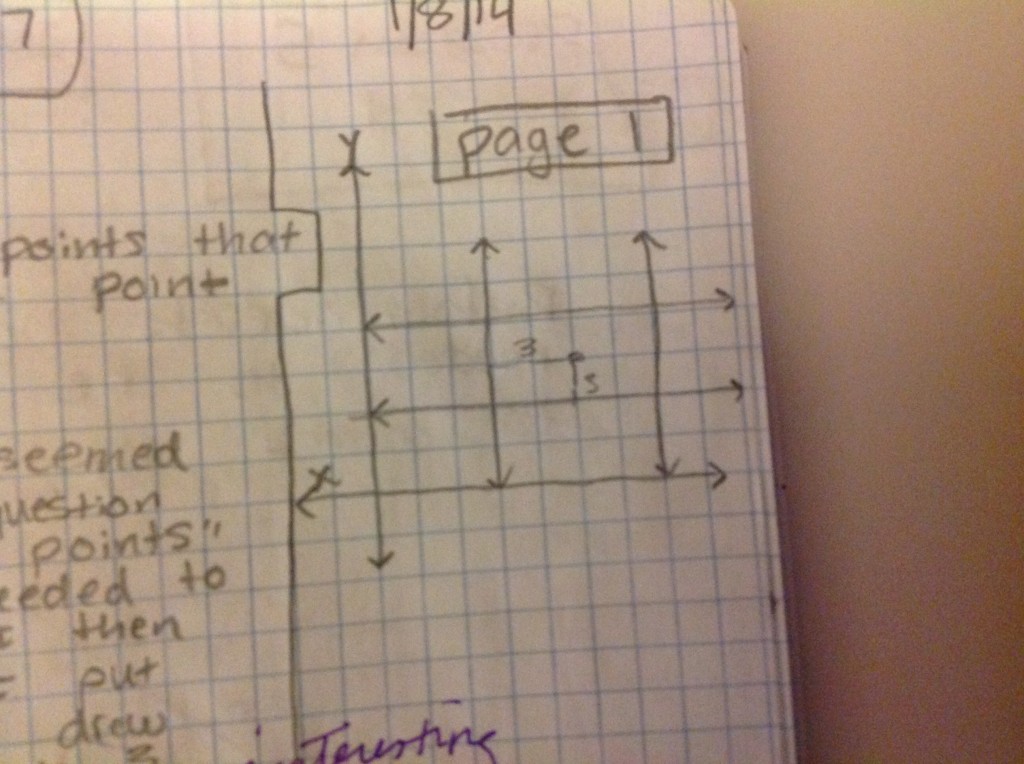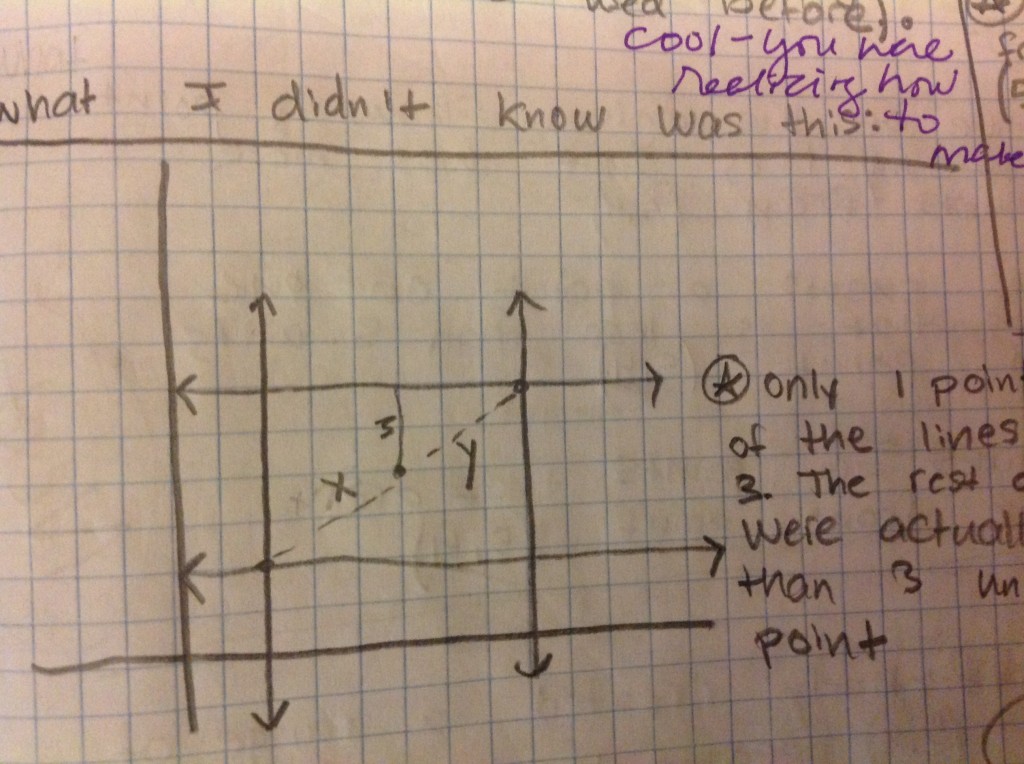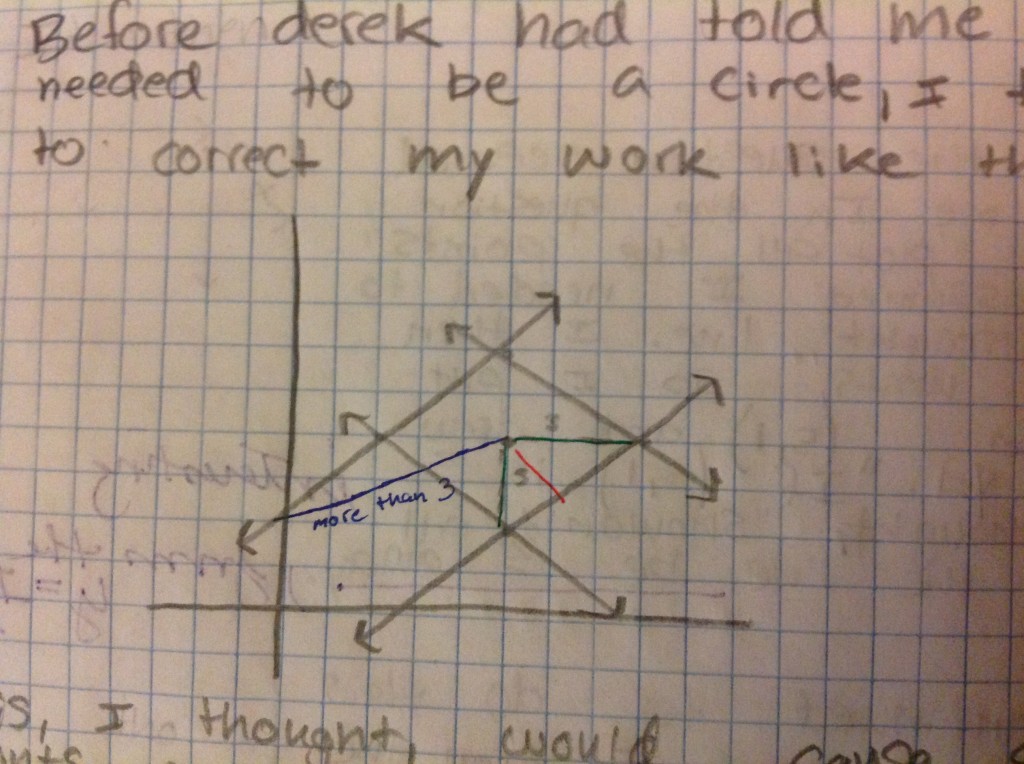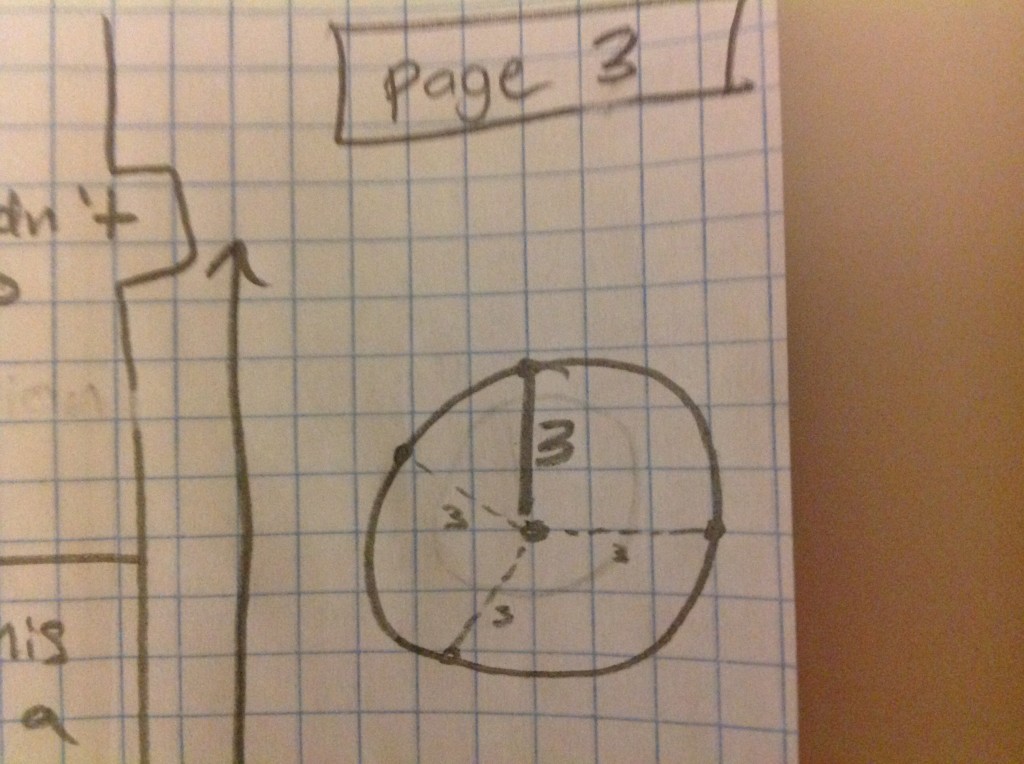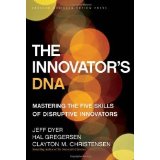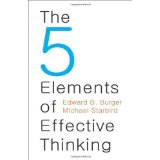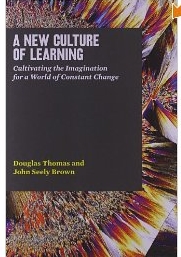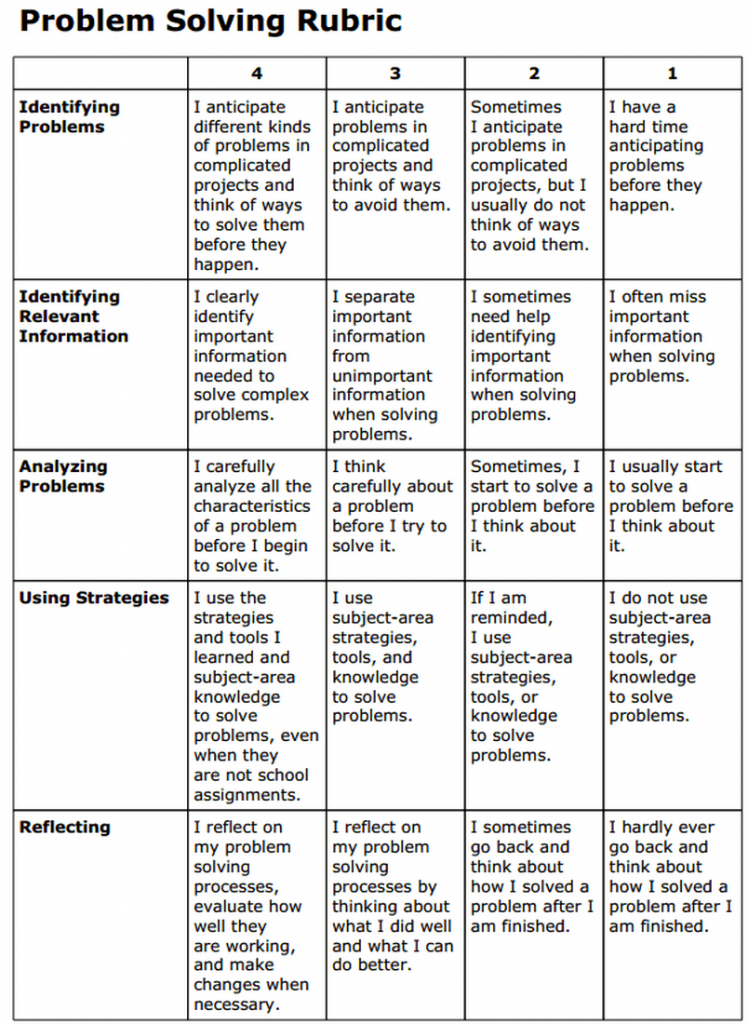In early January, I had the good fortune to go down to the NCSSM Teaching Contemporary Mathematics Conference in Durham, NC. There were many wonderful speakers there including Dan Teague, Maria Hernandez, Gloria Barrett and the Key Note Speaker on Saturday morning, Gail Burrill. Gail spoke about making up tasks and lessons that actually allowed students to ask good questions that made them think mathematically. She gave many wonderful examples and talked a lot about the responsibility of the teacher to probe and use the following pedagogical strategies:
The tasks we give and questions we pose should ensure that students:
- are actively involved in choosing and evaluating strategies, considering assumptions, and receiving feedback.
- encounter contrasting cases- notice new features and identify important ones.
- struggle with a concept before they are given a lecture
- develop both conceptual understandings and procedural skills
It made me realize that because I use a PBL curriculum very few of the problems that we look at are actually full inquiry (or student-generated). Although what happens in class is that students will create questions that I think are wonderful and a lot of discussion stems from those questions.
It will be a whole other blogpost for me to detail how problem-based learning fosters every one of those in a meaningful way. It really blew my mind when I was sitting there listening to her. I was thinking,”This is an amazing framework to describe to people what PBL is like.” In fact, at one point she said that she believe that all mathematical tasks should be done where students “work alone a bit, and then they share.” I thought that is exactly the pattern of grappling with problems for homework and then sharing ideas the next day in class. Gail never prescribed any methods or told anyone to follow any specific guidelines, but just stated these general ideas. It was a wonderful talk.
Later on that morning, I gave a talk on teaching BC Calculus with problem-based learning. Perhaps I made a comment too many about how I was against “teaching to the test” and a young man asked a question in defense of the AP Calculus exam itself. He felt that the multiple choice section allowed students to learn or develop intuition about questions and problem solving and that the benefits of practicing such repetitive type questions was to gain that type of intuition for those topics and those questions. Well, I hope I am remembering this question well enough, but I would argue that intuition for problem solving and intuition for problems is two different things. There have been many mathematicians and mathematics educators throughout time from Polya to Alan Schoenfeld who have attempted to structure problem solving or how to teach problem solving to anyone. From my readings, there is always a “reflection” step where you compare your ideas in the “novel” problem solving process (novel being the key word here, being something that you have not yet seen). My argument being that repeating the same type of problem definitely ensure that on a test with the same type of problems you may be able, under pressure, to answer those problems correctly. Does it show that you have developed an intuition on what to do in those types of problems? Perhaps. It might show that you have differentiated between the different types of outcomes of those problems. Does it show that you understand that concept or that you understand what the question is asking? I am not sure. I have worked with enough students who have mastered the art of eliminating answers in a multiple choice scenario to know that it does now show understanding, but intuition about answering the question.
However, I do think that having a student practice problem solving in a way where you are faced with a novel problem on a regular basis (perhaps nightly – along with other problems that they have seen before) where they are asked to try something new and reach into their prior knowledge and write down what they think they might be able to do allows them to practice creativity, risk-taking, connection and sharing those ideas. After a long period of time of doing this, it would seem that some type of intuition becomes habit and they develop more knowledge about mathematics overall. More importantly, “Students are thus engaged in the creation of mathematics, allowing them to see mathematics as a part of human activity, not apart from it.” I believe that’s why PBL in mathematics is even more important than in other disciplines and that we need to change the culture of the classroom before asking more from our teachers and students.

